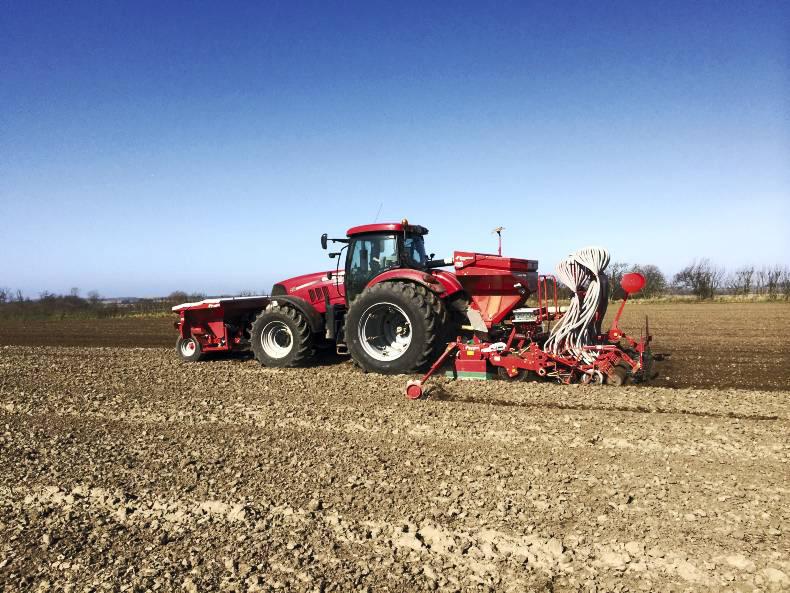Amendments to Ireland’s Rural Development Programme were submitted by the Department of Agriculture to the EU Commission late last year, with the inclusion of a new TAMS tillage scheme within the approved TAMS II measure.
If approved, the scheme would provide funding for investment in grain storage and precision and low-impact tillage equipment by arable crop farmers.
"The Department is hopeful of securing approval for the proposed new scheme, but the next steps in the process are for the Commission," a spokesperson for the department told the Irish Farmers Journal.
"All such changes are required to be made by way of a formal amendment to the Rural Development Programme, which requires considerable negotiation and discussion in advance of submission. This stage in the process of being completed and the formal amendment has been finalised and is now with the Commission," the spoksperson added.
It is understood that the final decision made by the EU Commission on the proposed tillage scheme should be known by the end of March.
IFA national grain committee
While welcoming the positive news of the submission in a statement on Friday, IFA grain chair Liam Dunne said poor world grain prices have decimated growers’ margins over the last three years.
"Minister Coveney must ensure the speedy opening of the scheme, as grant-aided investment is critical in helping growers to restore competitiveness while reducing the sector’s carbon and environmental footprint.
"Our tillage farmers are world-class operators, but they work in a very challenging environment, competing against world prices," he continued. "They have to contend with extreme price and income volatility in addition to the vagaries of the Irish weather. Targeted funding is a must to maintain competitiveness and facilitate further expansion of arable crop production.
“It is vital that the investment scheme is opened as soon as possible. There is considerable scope for expansion of the sector. However, this expansion will depend on increased productivity and profitability through reducing input use and crop establishment costs," he said.






 This is a subscriber-only article
This is a subscriber-only article










SHARING OPTIONS: